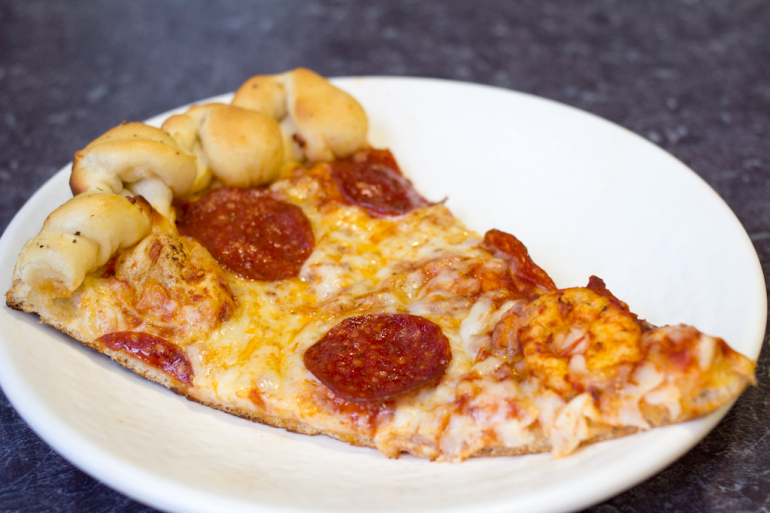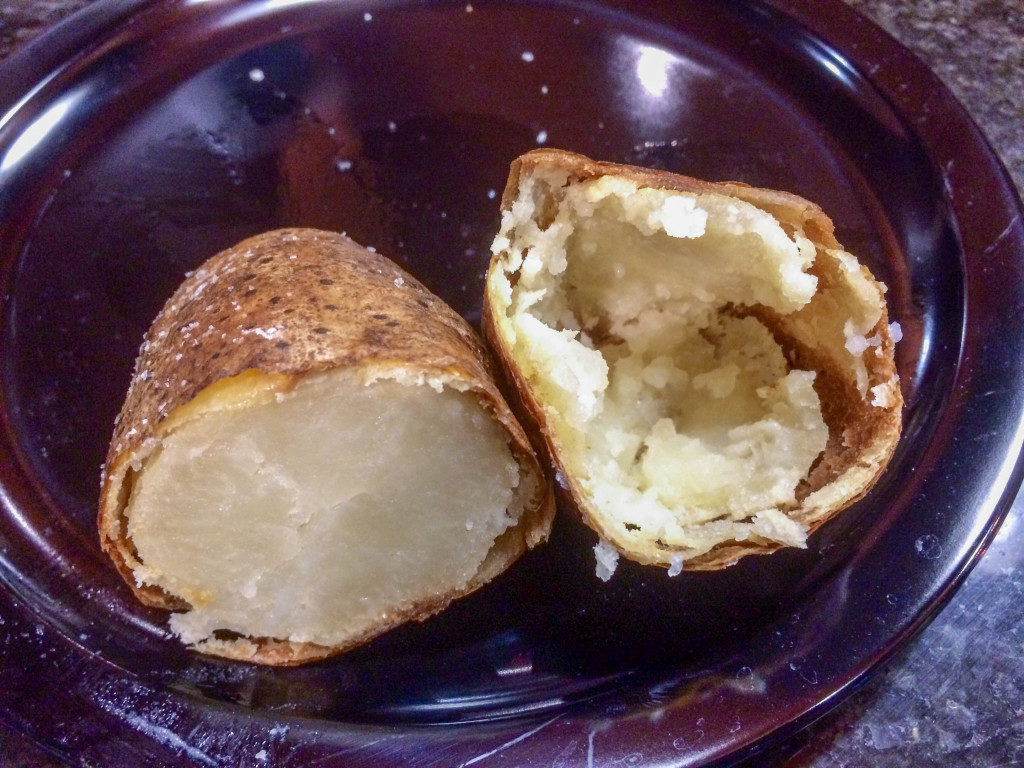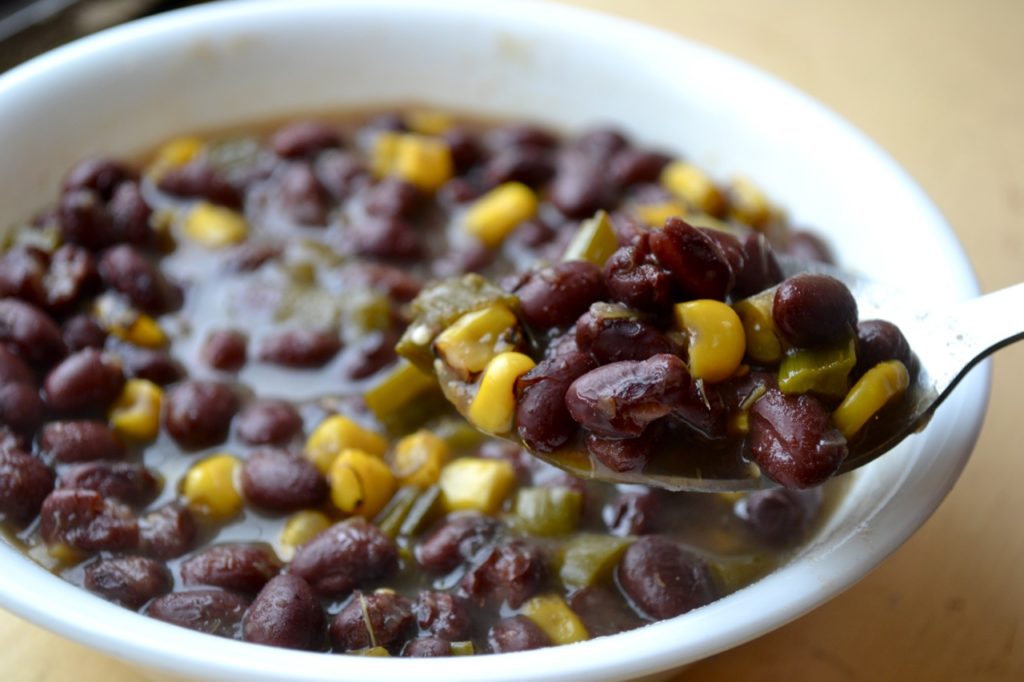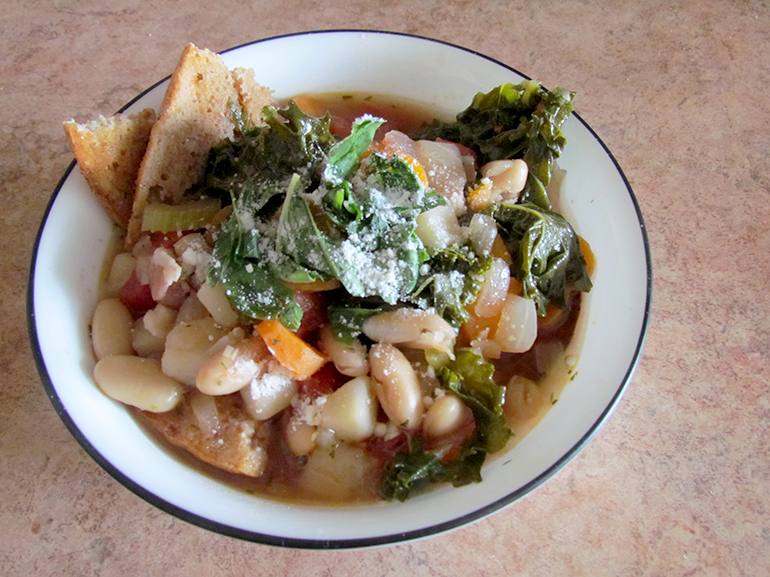Last summer, I left Pennsylvania and headed to the Sierra Nevada mountains in California to be part of the kitchen staff at a camp.
Being California (sorry, California), a forest fire started near the camp within a week of arriving. Piling into the cars of those who had them, the entire staff evacuated to a church in a nearby town, where the Red Cross had set up a relief shelter. Some of us were able to grab our purses and a few personal belongings, others nothing.

Photo by Christine Chang
That evening, a local pizza place generously donated pizza for our dinner. We were coming to terms with the fact that we might have to spend the night at the church. The Salvation Army had sent assistance to the shelter at that point as well — cots were brought in, with blankets, pillows, and some basic personal hygiene items. Some community members had been evacuated from their homes and joined us at the shelter.
After a night spent on hard cots with scratchy blankets and no pajamas, showers, or changes of clothes, we woke up bright and early to a breakfast of what I believe were donuts. We found out that the camp was probably not going to be destroyed, but we could not go back for a week. The next few days were a blur, but a few meals stick out in my mind.
For one meal, a baked potato bar was set up. It included baked potatoes, sour cream, cheddar cheese, fake bacon bits, maybe some canned chili, and for the vegans/vegetarians… almonds. There was also some packaged salad (iceberg lettuce, shriveled carrot shreds, red cabbage. You know the type).

Photo by Maria Glander
Some sweet ladies, members of the church we were staying in, baked us cookies. The gesture was nice, but cookies were the last thing we needed. There were so many cookies scattered around the place. Trays of cookies, along with bowls of candy and other processed snacks were the most widely accessible “foods.”
By the end of day two, I strongly considered fasting for a day or two, maybe more. My body was very unhappy with the processed food, as it was used to a fresh diet full of fruits and vegetables. My digestion was off, leaving me feeling queasy, bloated, and generally uncomfortable. I ended up sticking it out, as I felt fasting would have been socially awkward.
The food was only one factor in my discomfort. There were no showers at the shelter, so my companions and I had been cleaning ourselves as well as one can with a washcloth in a restroom. Three days with no shower is one thing, but three days with no shower in the hot and dusty, drought-stricken Sierra Nevada mountains is another, especially when you’ve been wearing the same clothes day and night.
We didn’t have much to do while we were there. Some people brought us cards, games, puzzles, and the like, but there’s only so much of that you can do. The camp staff took short trips out of the shelter a few times, like when a local movie theatre invited us to come watch the new Jurassic World movie and a local thrift shop invited us to come pick out a new-to-us set of clothes.

Photo by Kelda Baljon
The camp kitchen crew (of which I was part of), was once asked to plan and cook breakfast. Besides dietary needs and limitations, we had to consider cost and accessibility. We ran our tentative menu through a Salvation Army staffer to make sure everything would fit within a tight budget. He then went out and got the ingredients we needed from, both from Salvation Army supplies and a grocery store.
We settled on a breakfast of rice, black beans with peppers and onions, and scrambled eggs, with salsa, cheese, and sour cream as toppings and a large fruit salad on the side. It wasn’t a fresh, perfect breakfast, but at least it wasn’t donuts. It provided fiber, which we all desperately needed, and could be easily adapted, which was helpful as we had numerous people who were vegetarians, dairy-free, and/or gluten-free.
After a few days, we were sent to stay with families in the community, then dispersed throughout the greater California area (many staffers were local, had relatives fairly nearby, or at least lived within the state. Those who didn’t stayed with those who did). We could finally shower, sleep in beds, and buy food, clothing, and supplies for ourselves.
I felt so grateful towards the Red Cross and Salvation Army for what they did — set up a place for us to stay, brought in cots and blankets, fed us, and provided for our basic needs when we couldn’t do it ourselves. This is not at all intended to slam these organizations, but to highlight some of their limitations.
They are primarily funded by donations and through fundraisers, which means they have limited funds and cannot go above and beyond in their provision for those in need.
This is where the community comes in. As I mentioned, we did receive donations from the community — not just food, but clothing, toiletries, and even a trip to the movies. This showed me that the community is willing to help, and may appreciate feedback from someone who has been in my situation.
What can you do?
If there is an emergency shelter established near you but you yourself are not displaced, contact the emergency response service (Salvation Army, Red Cross, or your local equivalent) to see if you can bring in food. Evacuees, especially if they’ve been there for more than a day/will be there longer, will appreciate home-cooked, fresh food. Donating processed foods like chips and donuts will not be meeting their needs.

Photo by Shalayne Pulia
Instead, think along the lines of fruits and veggies, hummus, homemade soup (especially if it’s cold), oatmeal, whole-grain pasta dishes, and other fresh foods that provide fiber and nutrients. Fermented foods like yogurt, pickles, and even sauerkraut may be appreciated by those who are experiencing tummy troubles.
Try to include something suitable for people with special dietary needs, as they will have a harder time than their peers who can eat a larger variety of foods. Most commonly, these include people who are vegetarian, dairy-free, or gluten-free.
I realize that some organizations may have policies against these kinds of food donations, especially homemade foods. From my experience, however, if there are policies they are not enforced. Emergency shelters and the evacuees living in them will gladly take what you have to offer.
Being stuck in an evacuation shelter is a terrible experience that I wish upon no one. The discomfort of being in a strange place while your home is being destroyed or is in danger of being destroyed is only increased by the lack of showers, fresh clothing, comfortable beds, and quality food. While not all of these problems are easily alleviated, receiving fresh and healthy food will do much to ease the spirits of those in this situation.


